How to set up your room for guitar recording success
From room acoustics to noise management, these are our top tips for preparing your space for recording
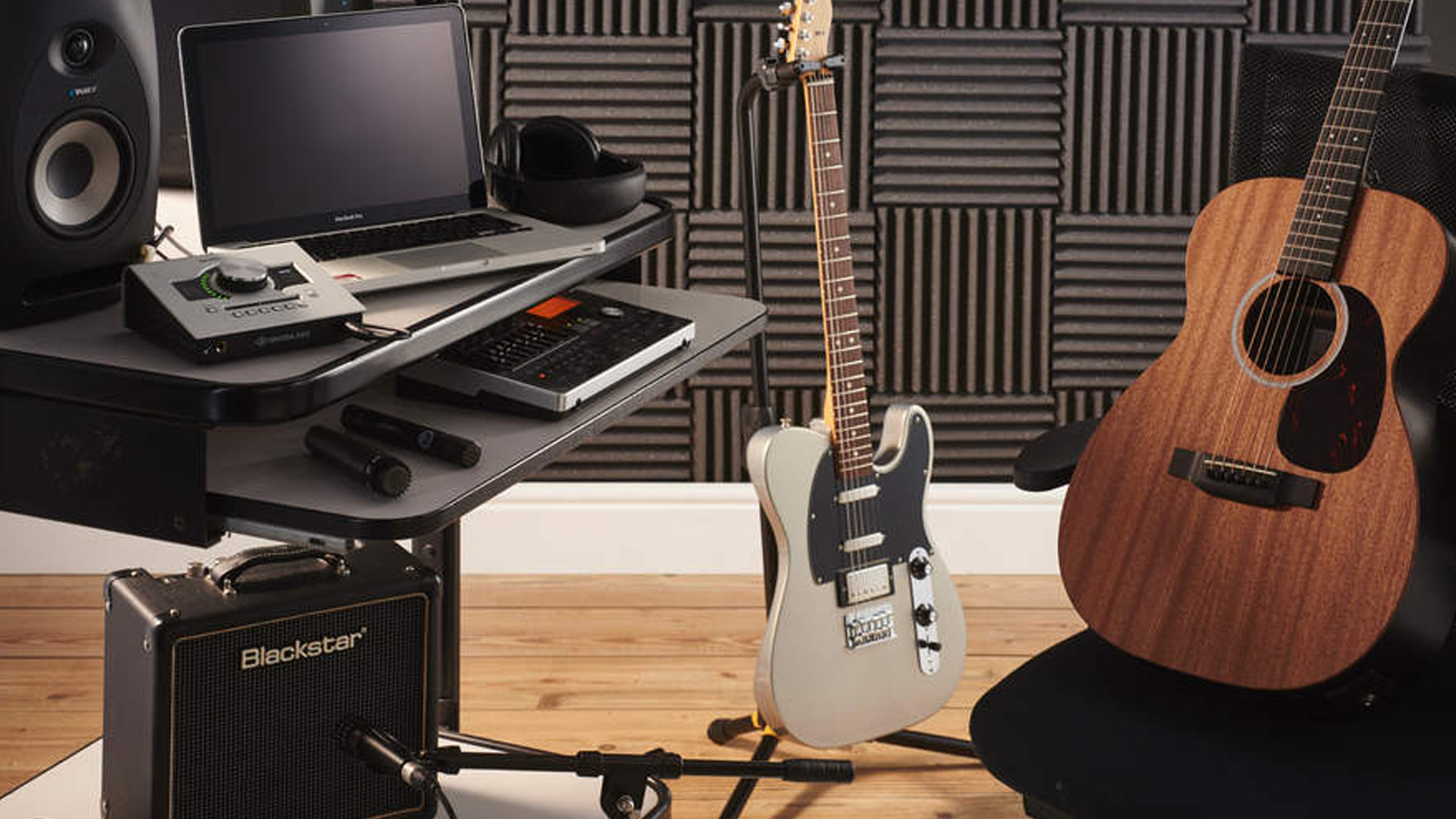
It's a given that you need solid instruments, good-quality microphones, and the proper playback and post-production software to achieve just the right sound when recording guitar. But have you spent any time considering the room you’re recording in?
With all the excitement around the shiny new tech and gear used in guitar recordings, it can be easy to overlook one of the most important factors: your room setup. In this feature we’ll get into why your room setup matters and how you can optimize it for the best results.
Getting your recording space just right
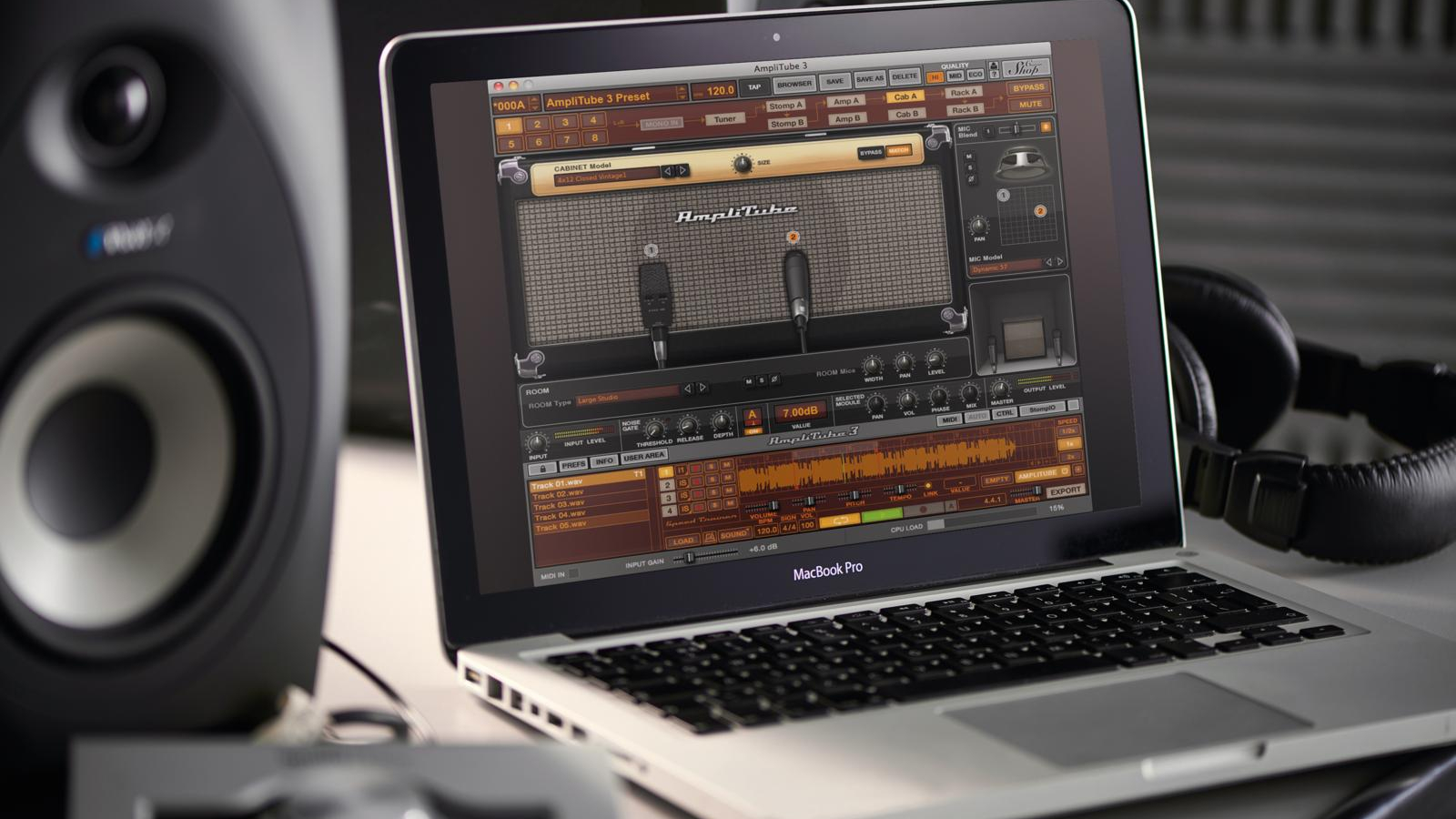
The acoustics of your recording space will have a powerful effect on the final product. This is especially important to pay attention to if you’re recording at home and not in a professional studio designed for recording audio. Everything from your seat positioning to the angle of the mic and the size of the room can make a big difference in the end result.
Taking time to prepare your designated recording space can help you get to work when inspiration strikes and save you loads of time and frustration in the editing process.
Whether you’re recording at home or in a professional studio, the correct room setup can make all the difference.
Tips for getting the best sound
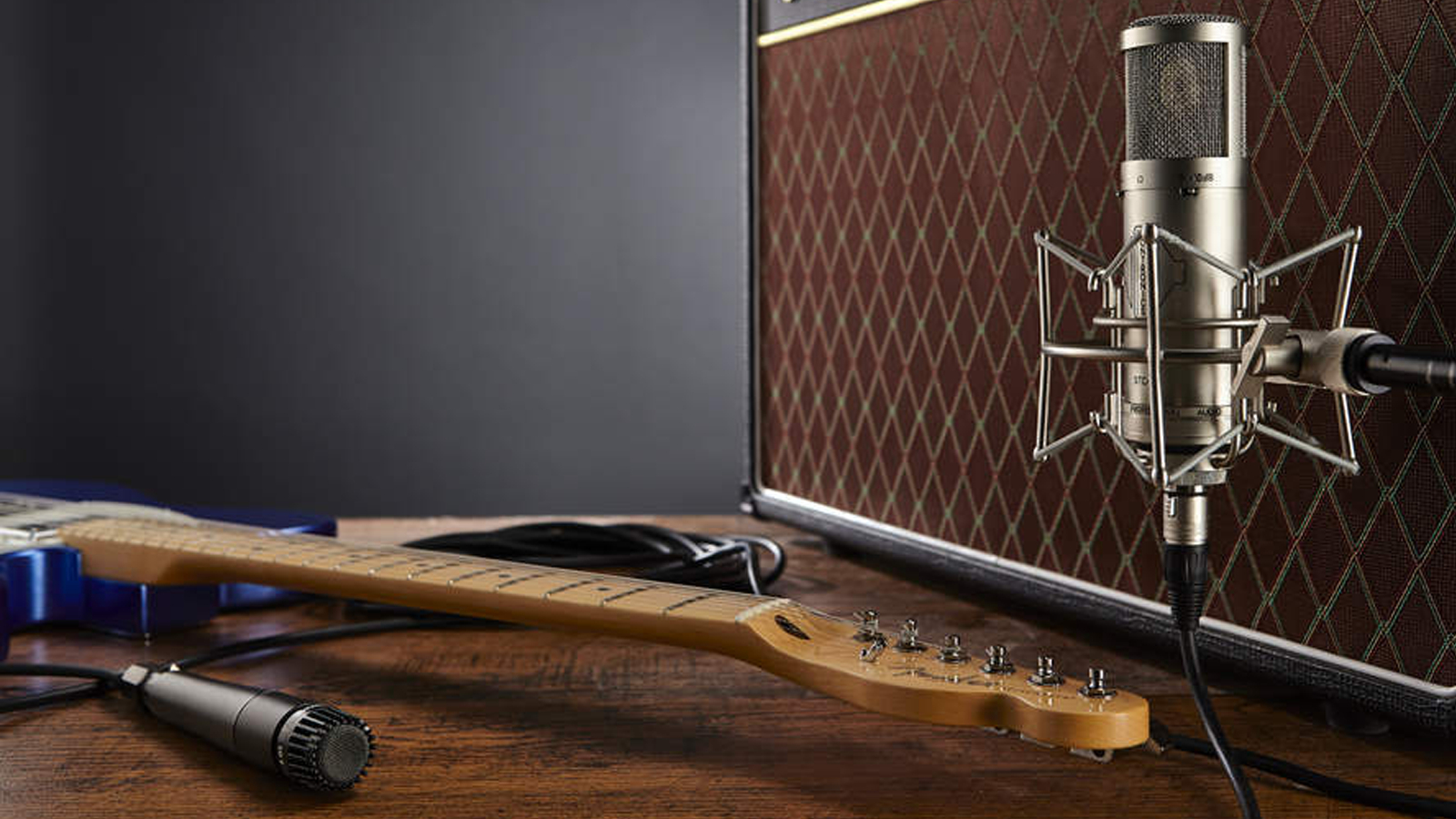
1. Room acoustics
Addressing and optimizing the acoustics of your recording space is fundamental to achieving a professional sound. The size and shape of your room profoundly impacts its acoustics, influencing how sound behaves within the space. Consider the size of your recording space and how it will affect your sound.
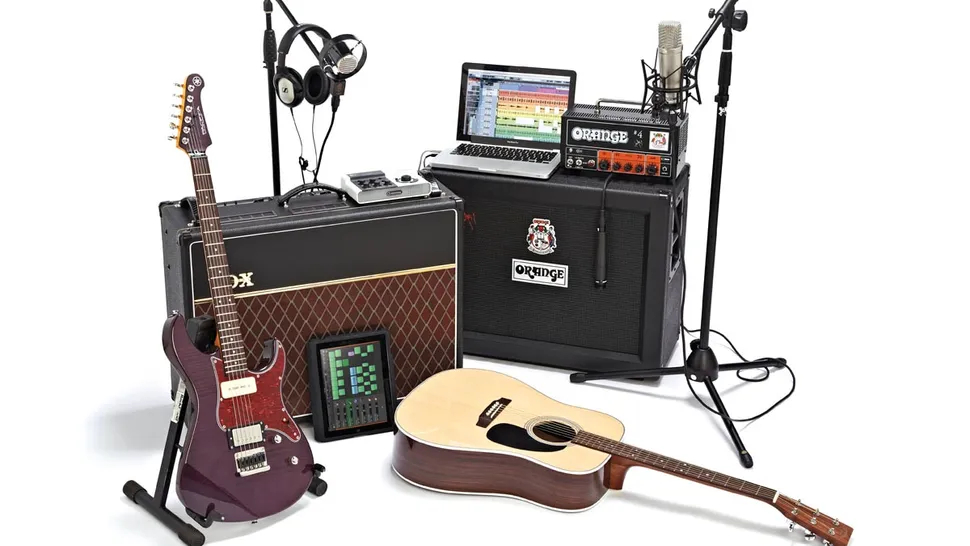
How to record your electric guitar
Recording your guitar doesn't have to be a brain-melting experience. Here's how to take the pain out of the process
Larger rooms typically have lower-frequency room modes (or acoustic resonance), while smaller rooms have higher-frequency modes. The size of your room affects the reverberation time, which is the duration it takes for sound to decay by 60 dB after the sound source stops. Larger rooms generally have longer reverberation times, leading to a more spacious and sustained sound. In contrast, smaller rooms tend to have shorter reverberation times, resulting in a more intimate and controlled acoustic environment.
All the latest guitar news, interviews, lessons, reviews, deals and more, direct to your inbox!
Room shape also influences the distribution of sound reflections. Angled walls, irregular surfaces, and the presence of furniture can scatter reflections, preventing excessive build-up and maintaining a more diffused sound.
Rugs, furniture, or even shelves or stacks of books can help to absorb and diffuse the sound in your recording space.
2. Positioning
Positioning is especially important for home recordings or “bedroom musicians” because we have a tendency to make do with the room as it is rather than arrange it according to our needs. However, proper positioning can enhance the natural tones of your guitar and minimize undesirable elements.
Start with where your seat is positioned in the room. Generally, it is advised that you not sit too close to the walls or to a corner of the room to avoid reverberations and sound interference and to avoid the exact center of the room.
Ultimately, every room is different, and there’s no magic formula for where to position yourself and your equipment for optimum results. Move around and see what sounds best. Experiment with a few different locations in the room to see what works best for you.
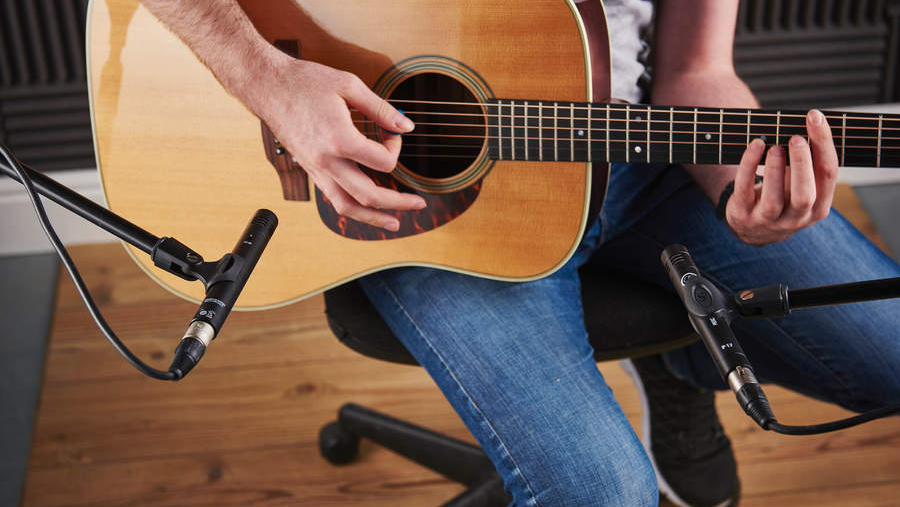
3. Noise management and soundproofing
Microphones pick up everything, even the sounds we don’t notice under normal circumstances, like computer fans and household appliances. Unwanted noise can disrupt the recording process and compromise the quality of your tracks. Maintaining a quiet and isolated recording space is vital for professional guitar recordings.
There’s a whole host of soundproofing panels and equipment on the market, but you don’t need to spend a fortune to get a quieter space. Simple household items like drapes, carpets, furniture, and books can help absorb noise. You can use thick blankets on walls and doors to dampen outside sounds or purchase inexpensive foam pads.
4. Subwoofers
Subwoofers play a significant role in shaping the overall sound of a recording. Subwoofers reproduce low frequencies, adding depth and definition to the low end of your guitar recordings.
This is particularly important if your music involves extended-range guitars, seven- or eight-string guitars, or if you're using drop tunings that produce lower frequencies. When recording, subwoofers can be used strategically to capture the full spectrum of your guitar's sound. Do your research to find out how to choose the right subwoofer for your music and recording style.
5. Acoustic vs electric guitar recording
Naturally, acoustic and electric guitars come with different needs regarding the perfect recording setup. So, the right recording environment for you will depend on whether you’re playing acoustic or electric.
You’ll definitely need a microphone for recording acoustic guitars, whereas you may get away with just a guitar audio interface for recording your electric. On the other hand, when recording an electric guitar, you’ll want to get your amp off the floor, using a platform or even a thick rug or blanket to provide some insulation against excess vibration – be sure to check out our guide to the best guitar amps for recording to see which models we recommend.
Acoustic guitars often sound best in rooms with balanced acoustics that allow the natural resonance and warmth of the instrument to shine. On the other hand, electric guitars can benefit from recording in a controlled environment with minimal room reflections.
Both acoustic and electric guitars benefit from effective soundproofing to minimize external noise and distractions.
Closing thoughts
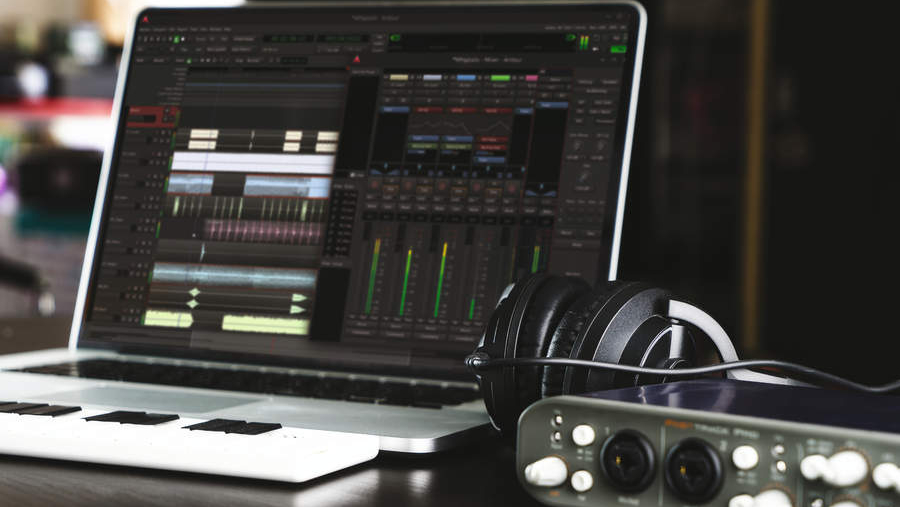
The size, shape, and overall setup of your recording space can profoundly impact the quality of your recording. Fortunately, you don’t need access to professional studio space or equipment to create a good-quality recording.
Of course, investing in the right equipment and optimizing your space won’t make up for a bad song or performance. At the end of the day, the guitarist, the guitar, and the musical composition are the most important elements of a recording.
Take the time to hone your skills, practice your parts, and tune your instrument before pressing record. Then, you’ll be primed to get the most out of your home studio or professional recording space. Remember to experiment, trust your ears, and tailor your approach to the unique characteristics of each instrument and the desired end result.
Looking to put together the ultimate home studio? Our buyer's guides are here to help
- Our pick of the best laptops for music production and guitar recording
- Go deeper with out pick of the best acoustic guitar microphones
- Here is our choice of the best guitar amps for recording
- Best DAWs for guitarists: guitar-friendly music-making software

Ira Segall is a Senior Product Specialist at World Wide Stereo, having joined the company in 2009. With extensive experience in the audio industry, spanning over four decades, he has worked in various sales and management roles at prominent audio stores in Philadelphia. Ira's expertise lies in optimizing sound systems to suit individual acoustic environments, delivering an immersive and emotionally captivating listening experience for enthusiasts.
